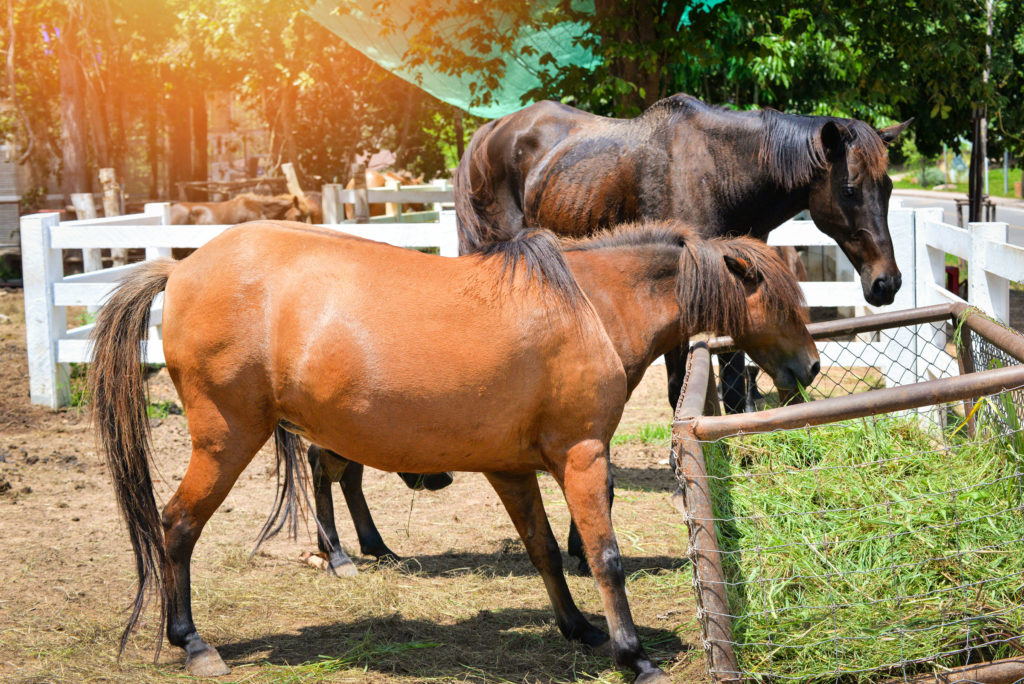
Laminitis is a frustrating syndrome to treat. That is mainly because most therapies target management of clinical signs but tend to be less effective at dealing with the inciting cause(s).
Recently, a collaborative study was undertaken by scientists from the University of Pennsylvania veterinary school and the University of Florida’s Institute of Food and Agricultural Studies and funded by AAEP’s The Foundation for the Horse. The researchers analyzed genetic information of hoof tissues in the hope of better understanding the pathophysiology of laminitis and defining pathways that cause its development [Holl, H.M.; Armstrong, C.; Galantino-Homer, H.; Brooks, S.A. Transcriptome diversity and differential expression in supporting limb laminitis. Veterinary Immunology and Immunopathology Volume 243, 2022; https://doi.org/10.1016/j.vetimm.2021.110353].
The study reviewed 36 archived lamellar tissues collected from 20 Thoroughbred horses treated for naturally-occurring supporting limb laminitis at the University of Pennsylvania’s New Bolton Center. Tissues reviewed ranged from healthy to developmental laminitis (no clinical signs but histologic changes in tissue) to acute and active laminitic disease. A catalogue of changes in gene transcription in lamellar tissue identified not just gene expression and potential protein biomarkers, but it also noted altered cell replication and growth issues.
Also identified was a dramatic loss in expression of the nuclear receptor subfamily 1 group D member 1 (NR1D1), which is “a key component of mammalian circadian rhythm to maintain homeostasis, including the hair growth cycle in hair follicles.”
NR1D1 plays an important role in suppressing activation of inflammatory signaling. Reduced expression of this gene then results in an inflammatory pathway through activation of the “inflammasome” that might disrupt keratin production, ultimately leading to development of a lamellar wedge often present in laminitis. Alterations in NR1D1 expression also play a role in human rheumatoid arthritis—this might foretell possible targeted treatment using human autoimmune disease medications.
Future Potentials
This study provided an exciting and promising foundation for potential therapeutic options. NR1D1 is only one of a number of inflammatory genes identified in this study that potentially cause damage to lamellar integrity. Other upregulated genes might enable pharmacological targeting in future.
The authors concluded that changes in gene expression in laminitic tissue also indicated changes in specific proteins—ezrin and TIMP3 (tissue inhibitor of metalloproteinase 3)—that could serve as biomarkers for early identification of laminar injury.








